All cannabis consumers have different tolerances for cannabinoids, and more specifically for THC. A dose of 5 mg may be extremely psychoactive for one patient, and not even register for another. Why is it that two people who have never consumed cannabis before may take the same dose, and have vastly different experiences? Why do chronic users have a much higher tolerance than those who only consume occasionally? The answer to the first question lies in genetics, and the answer to the second can be answered in the way the body manufactures and destroys cannabinoid receptors—which can also help to explain any withdrawal symptoms regular users may experience.
How Your Genes Can Affect Tolerance
Genetics come into play in several different ways. First, they determine what types of receptors you have, how many, and where they are located. The number and sensitivity of receptors can also change based on the individual’s cannabis consumption habits (more on that in a moment). The more receptors you have, the more chances cannabinoids have to cause an effect. Drug transporters are also genetically controlled, and control how much THC makes it through the blood-brain barrier, and thus its psychoactivity.
Genetics also affect how the body metabolizes cannabinoids and other drugs. A specific liver enzyme (CYP2C9) is partly responsible for metabolizing THC. How quickly and efficiently the enzyme works is a function of the genes that encode it. There are two different versions, or polymorphisms of this gene, and everybody has one polymorphism inherited from each parent. A study on enzymes showed that those with two copies of the “wild type” polymorphism of the gene metabolize THC about three times faster than those with two copies of the variant (one copy of each gene lands you somewhere in the middle). So if you have two copies of the slower variant, THC will circulate in your body longer and at higher concentrations than most of the population, causing a longer and more intense high.
The Role of Receptors in Tolerance
Additionally, those who consume cannabis consistently will develop higher tolerances to THC. Our endocannabinoid system works hard to stay in homeostasis (a balanced and stable state), so it jumps into action to keep the body from being in a persistent psychoactive state. When THC molecules repeatedly activate the cannabinoid receptor CB1, the body first desensitizes the receptor, and then retracts it entirely from the surface of the cell and destroys it. The more THC a user consumes, the more CB1 receptors are deactivated and removed, so the psychoactive effects become more subdued, and the consumer will have to continue to increase their dose in order to feel the same effects.
This genetic variation is why dosage recommendations start low and then titrate up. Every individual has slight differences that can have a big effect on how their body reacts to cannabinoids.
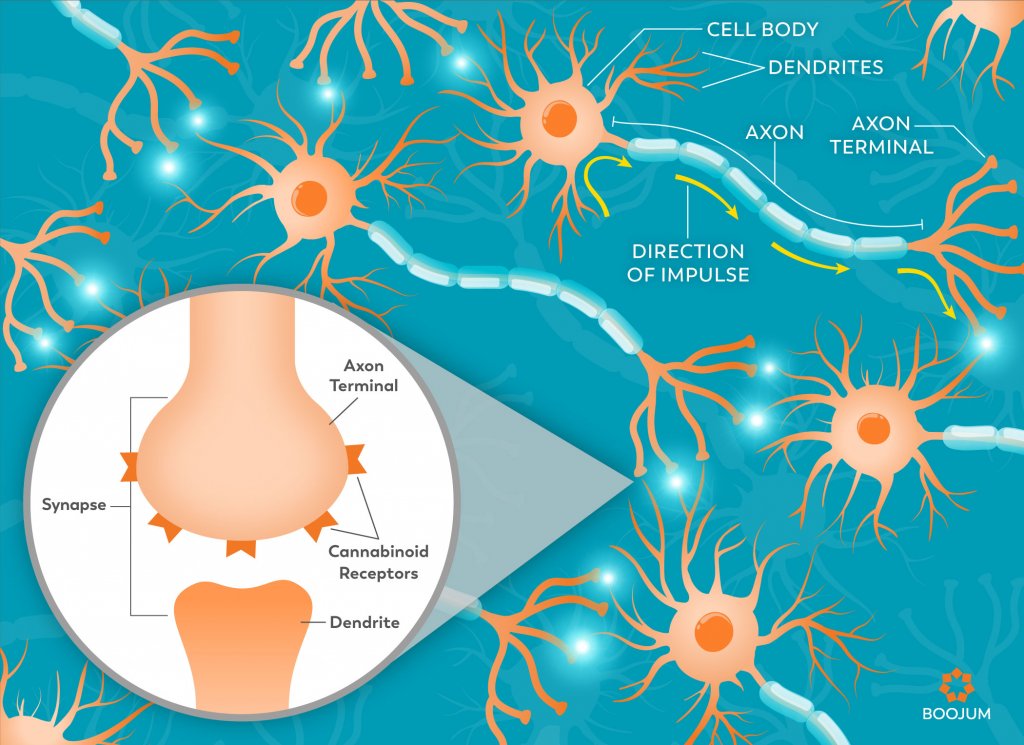
Withdrawal
Studies have shown that the fewer CB1 receptors an individual has, the higher the chance of withdrawal symptoms when they stop consuming THC. These symptoms include trouble sleeping, mood swings, and other disturbances in the processes usually controlled by the body’s endocannabinoid system. The more THC someone consumes on a regular basis, the fewer CB1 receptors they will have. When a sustained influx of THC stops, the body has a relative scarcity of these receptors, which also bind to the body’s self-made cannabinoids, anandamide and 2-AG. Anandamide regulates functions related to sleep and mood, so it follows that disruptions in the receptors may lead to disruptions in these systems—disruptions that are the tell-tale symptoms of cannabis withdrawal.
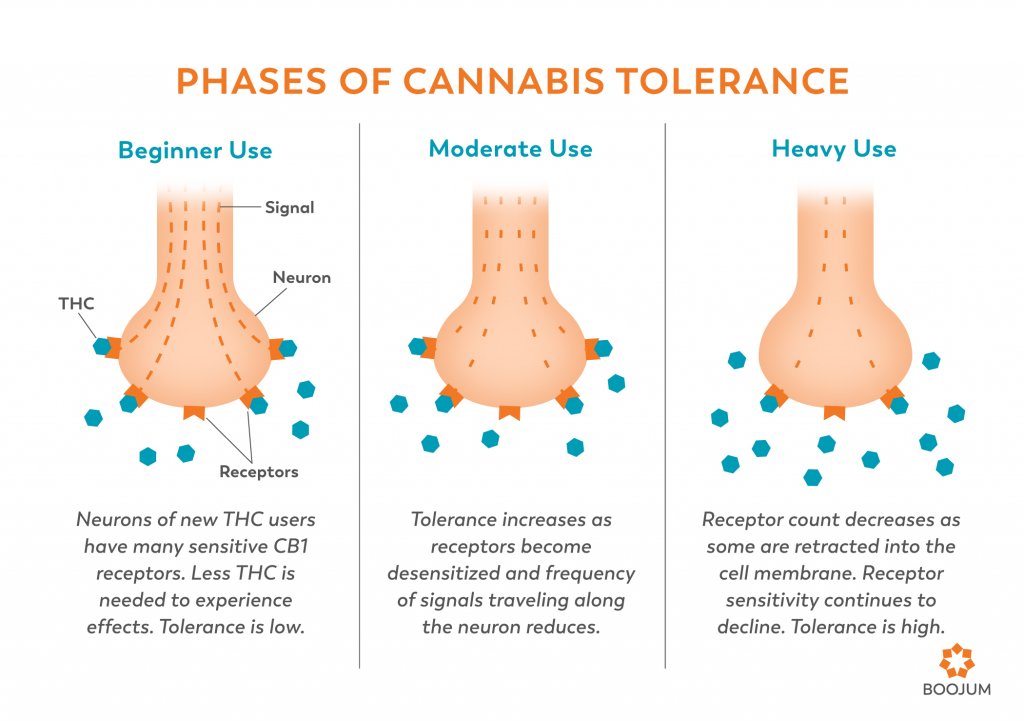
Taking Tolerance Breaks
Luckily for cannabis users, the endocannabinoid system goes to work again as soon as THC levels drop, reproducing CB1 receptors and sending them out to the surface of the cell. Chronic THC users can take “tolerance breaks,” in order to reset their endocannabinoid systems and allow their cells to remake and extend CB1 receptors. Even an overnight break will reintroduce some receptors (this is why the first THC dose of the day is generally slightly more psychoactive than subsequent doses), but within a week or two the body has most likely reproduced its pre-THC CB1 levels. Once CB1 levels are back to normal in the body, THC will be as effective and potent as before the tolerance was built.
Those who haven’t consumed THC in at least a month (or ever) need to start with a low dose, since their cells have many new, sensitive, receptors to be activated, and thus will get more reaction from the molecules they do ingest. For a cannabinoid receptor reset, patients may want to abstain for a month or more. The longer the abstinence the more receptors will be reproduced, until they reach pre-exposure levels.

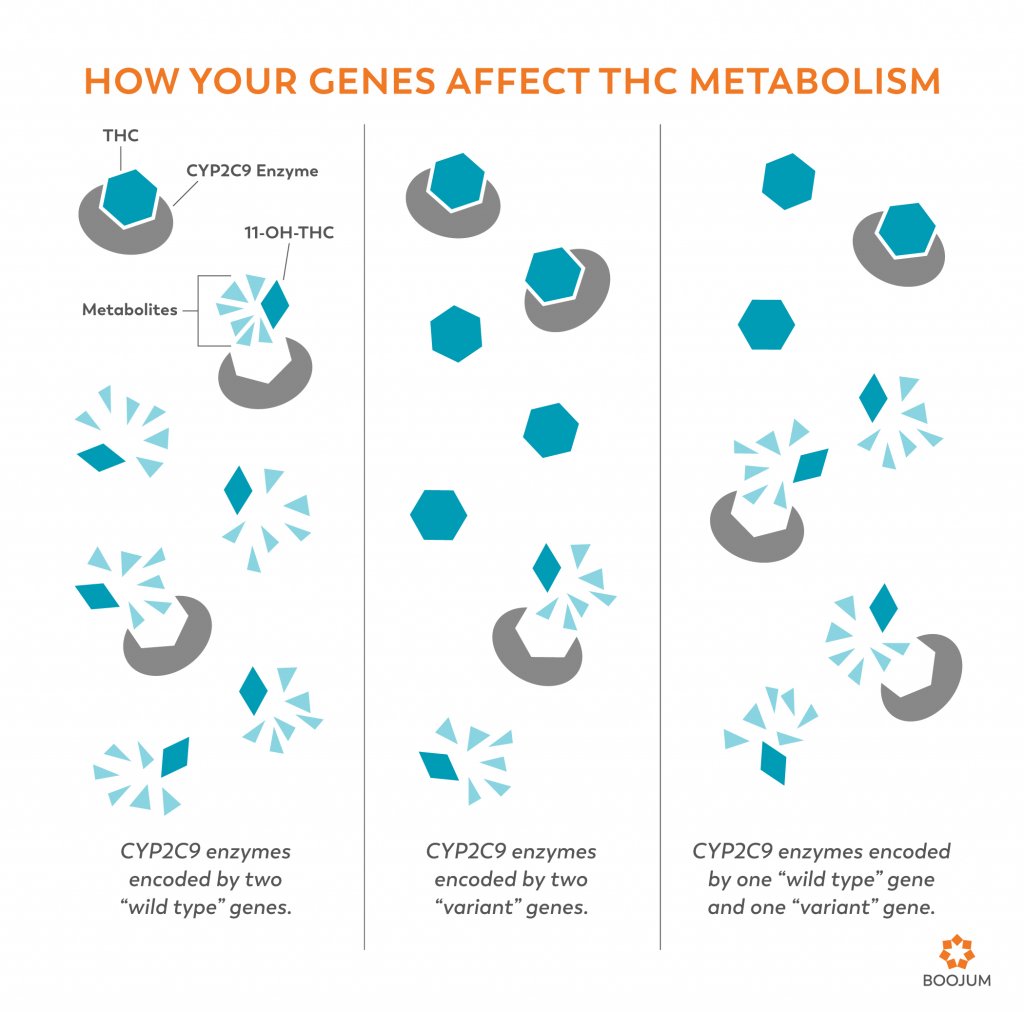
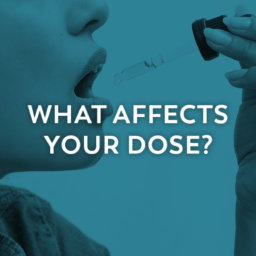
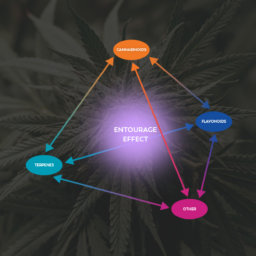
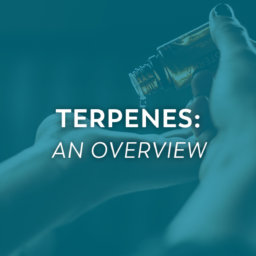
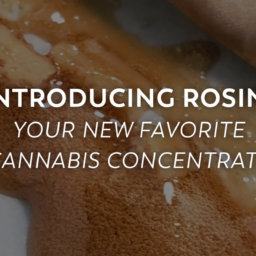

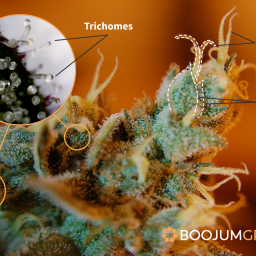
[…] break.” So we see that the first problem with using weed every day is that it decreases the effectiveness of weed. Listen, I’m a hardcore stoner over here, but even I take a day off the stuff occasionally. […]